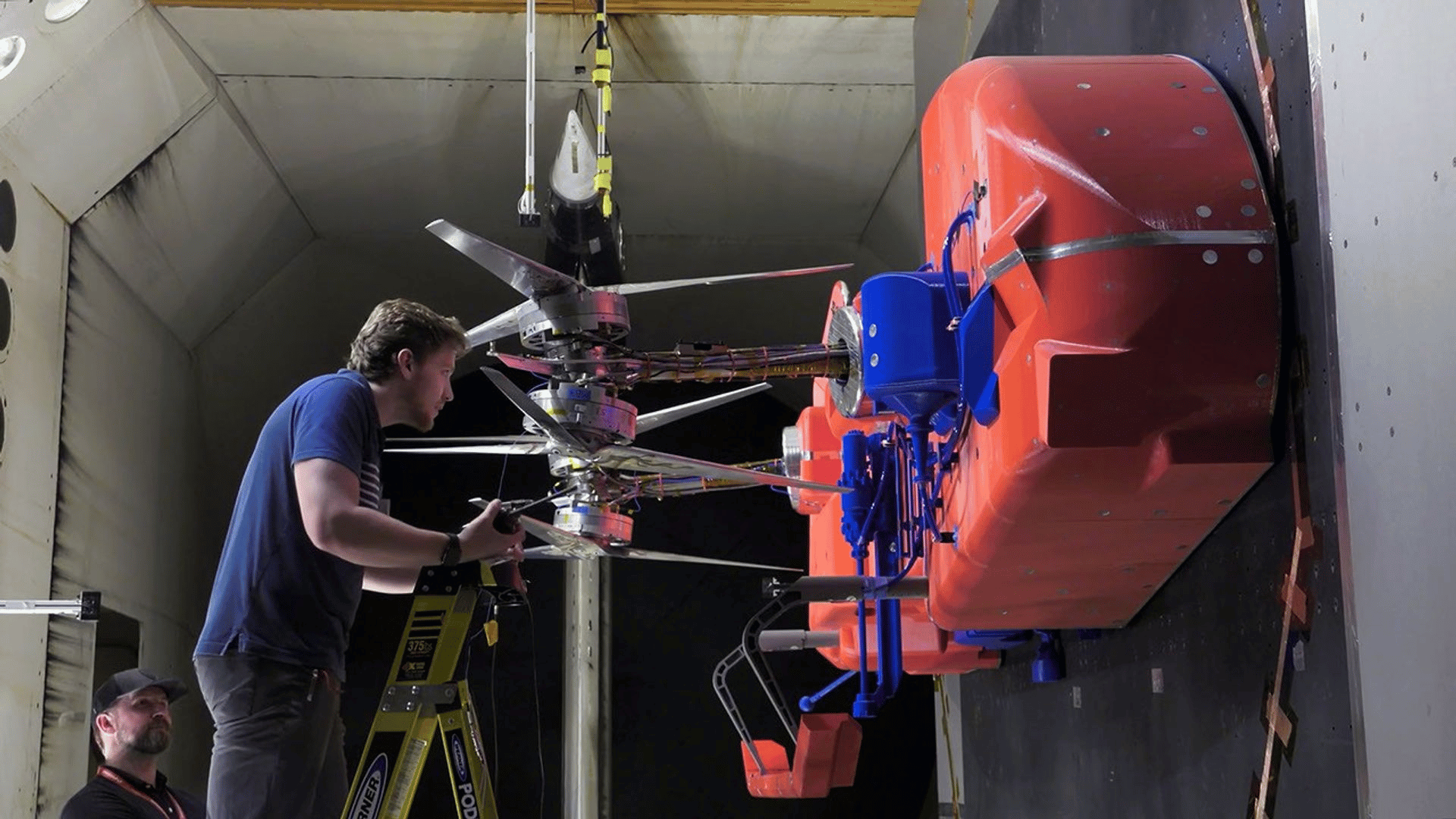Dragonfly is an innovative NASA mission that features a nuclear-powered rotorcraft. The mission plans to send the rotorcraft to Saturn’s largest moon, Titan. According to NASA researchers, the mission is on track for a July 2028 launch. The mission aims to investigate Titan’s ability to support life and look for life’s fundamental building blocks.
Dragonfly is about the size of a car. It’s being developed at the Johns Hopkins Applied Physics Laboratory (APL). According to engineers, it accomplished several important design and testing milestones.
“Dragonfly has moved far beyond a concept on a computer screen,” said Elizabeth “Zibi” Turtle, the mission’s principal investigator from APL. “The parts of the rotorcraft lander are being built as scientists and engineers bring this daring exploration idea to life.”
Recent Milestones

Researchers recently tested the rotorcraft’s aerodynamic performance under conditions similar to those on Titan at NASA’s Langley Research Center. NASA engineers tested a model in a stream of heavy gas to mimic the moon’s dense atmosphere. This allowed them to collect data on stress loads and vibration effects, which will inform Dragonfly’s flight plans and navigation software.
The mission’s science instruments are also taking shape.
The ion trap mass spectrometer is at the “heart” of the Dragonfly Mass Spectrometer (DraMS) instrument. It has been completed and is being readied for space-environment tests at NASA’s Goddard Space Flight Center. DraMS will examine chemical components on Titan, including possibly biologically relevant compounds.
Thermal and Structural Testing
The lander will be equipped with a three-inch-thick layer of foam insulation to withstand Titan’s freezing temperatures of approximately -300°F (-185°C). APL engineers confirmed that the insulation will keep its shape and protect the lander. The team also tested the insulation in a chamber simulating Titan’s environment and in a wind tunnel.
Additionally, Lockheed Martin engineers achieved key milestones for Dragonfly’s protective casing during its atmospheric entry. They have completed the fabrication and thermal testing of the heatshield and backshell structures, ensuring that the casing can endure extreme thermal and structural loads.
The mission is set to begin its final integration and test phase in January 2026 before launching on a SpaceX Falcon Heavy rocket.


